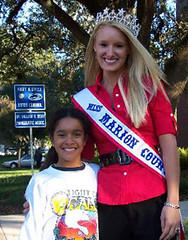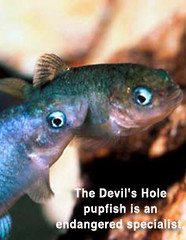
There are only three full days left before many of the questions surrounding Jericho, the television series given a reprieve last year, begin to shift from speculations and to undeniable facts. Starting Feb. 12 and for the weeks that follow, CBS executives will be considering which of two second season episodes shot will air on week seven.Will that episode wrap the fan-inspired story forever or usher in a complete...






















